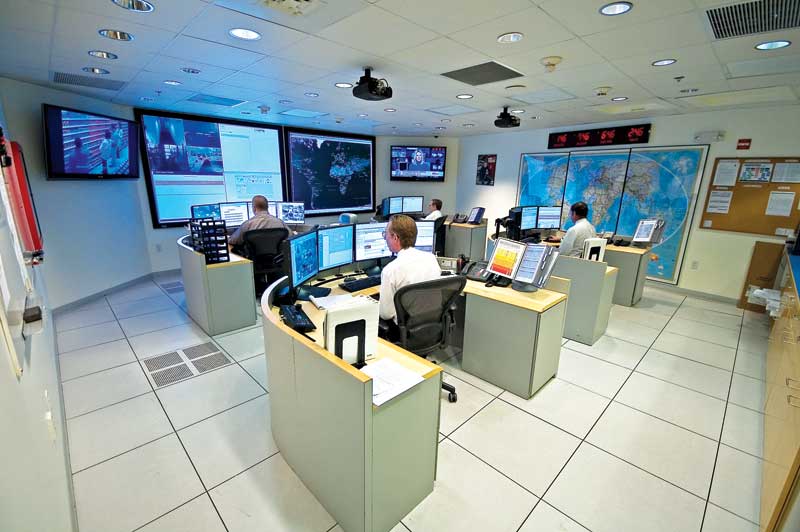Remaking Division 28: Specifying electronic safety and security with Masterformat 2016

Photo courtesy Sanofi Genzyme
Common Work Results
A significant number of modifications were made in 28 05 00−Common Work Results for Electronic Safety and Security. While there is much additional detail contained under the areas described in the following paragraphs, the net effects are to fill in a number of holes, eliminate redundancies, and provide the system specifier more flexibility when dealing with various application-specific electronic safety and security systems.
27 15 01
All conductors and cables (plus conduits, backboxes, cable trays, and raceways) have been moved to Division 27−Communications. This now groups safety and security conductors with other application-specific conductors in 27 15 01−Communications Horizontal Cabling Applications.
Power Sources for Electronic Safety and Security
“Power Sources for Electronic Safety and Security” has been added as a new category. Most power sources for security are application-specific and fall within the 12 to 24 volt (AC or DC) range, with the exception of Power over Ethernet (PoE). This is different from low-voltage ranges identified elsewhere in MasterFormat, and prior categories were inadequate in describing these. Often, these power sources require specific UL approvals.
Also included under this umbrella are security-targeted PoE sources, uninterruptible power supplies (UPS), solar sources, and power-source monitoring. The monitoring of power for security and fire can be compared to a heart monitor, where low-voltage power is the life blood of an electronic system. Recent network-based monitoring of performance, alarm conditions, and battery status help provide greater resiliency of these critical voltage systems.
Servers, Workstations, and Storage for Electronic Safety and Security
The category “Servers, Workstations, and Storage for Electronic Safety and Security” contains products that are typically application-specific to electronic safety and security and often cover multiple functions. Including these in Division 28 provides the specifier the flexibility to include dedicated devices in this division, or to include them in Division 27, particularly where functionality may go beyond safety and security.
Communications Equipment for Electronic Safety and Security
The same argument applies to communications networks for safety and security, particularly IP networks. A new category, “Communications Equipment for Electronic Safety and Security,” includes network switches, routers, firewalls, media converters, and wireless transmission equipment. This, too, provides the specifier the ability to treat these areas in Division 28 where networks are application specific, or in a broader context in Division 27. There was a precedent for this rationale in Division 40−Process Interconnections under 40 66 00−Network and Communication Equipment.
Cybersecurity Requirements for Electronic Safety and Security
To this author’s knowledge, an important new category, “Cybersecurity Requirements for Electronic Safety and Security,” is the very first occurrence of cybersecurity in MasterFormat, but should be considered for inclusion in all other divisions where equipment employs network-based communications. (SecuritySpecifiers is now soliciting industry input with the particular goal of providing sample specification language to its constituents).
Systems Integration and Interconnection Requirements
“Systems Integration and Interconnection Requirements” addresses the need to specify how major subsystems—mechanical, electrical, and information—Interact to provide a functional, integrated system.






